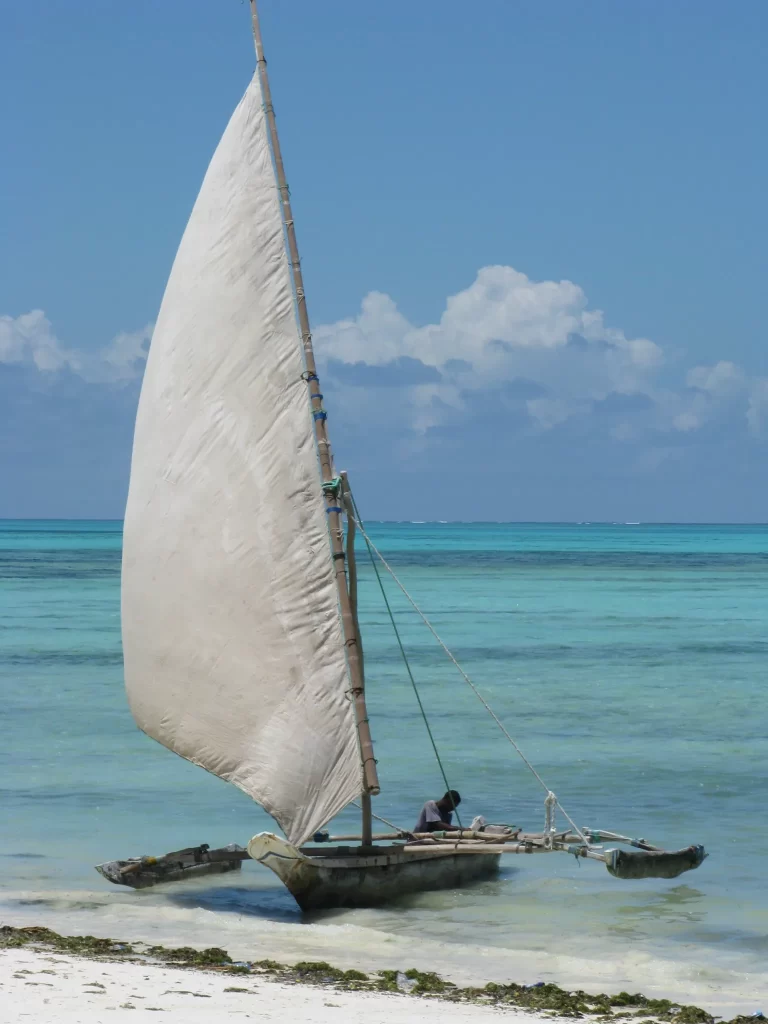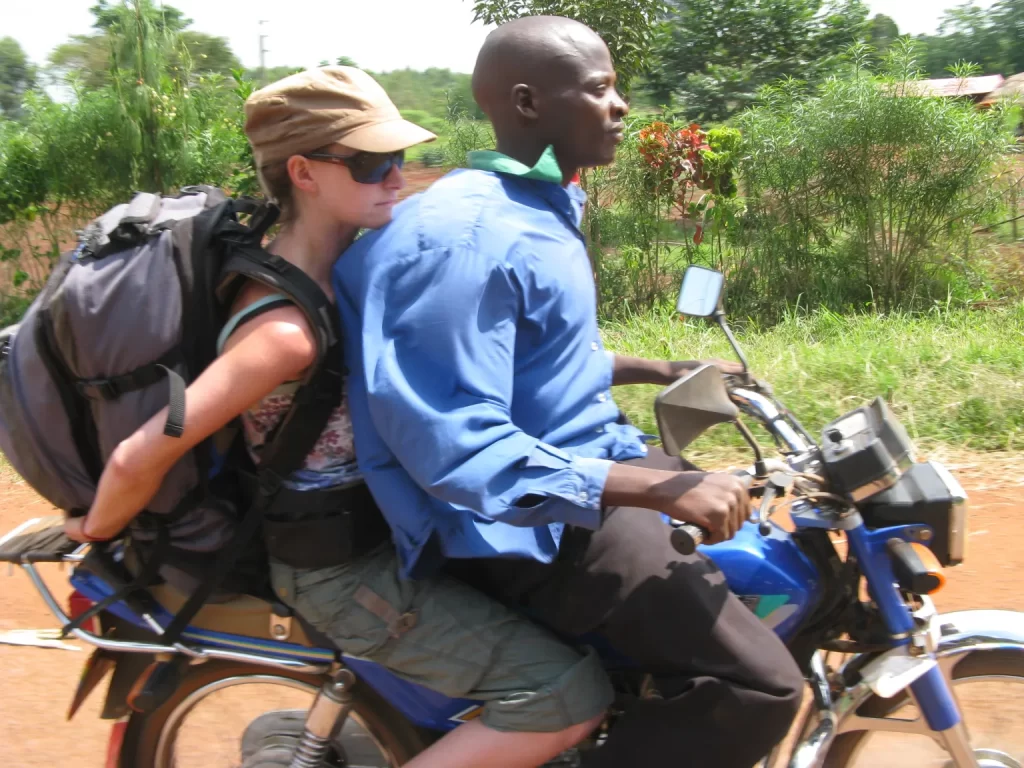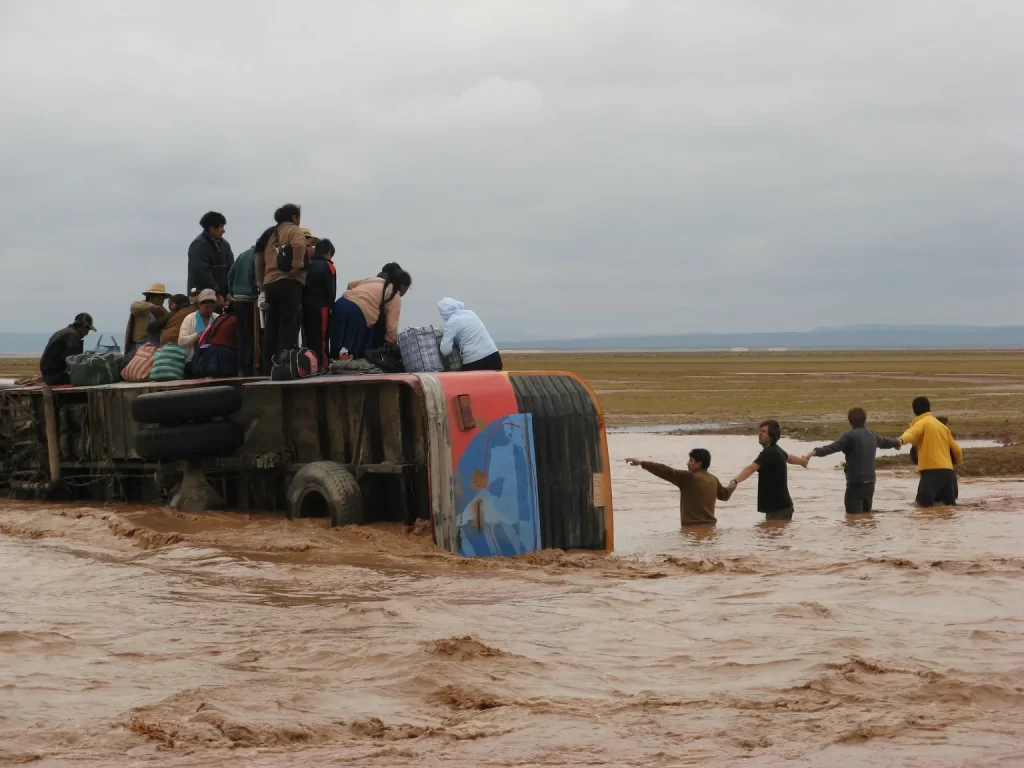
GO ADVENTURE: From white-water rafting to diving with sharks, RÓISÍN SORAHAN on the holiday experiences that set the heart hammering but are definitely not for the faint-hearted.
A SENSE OF self-preservation and power of reason are some of the weightier items we often leave at home while holidaying.
It seems that when we’re out of our norm, the tendency to behave out of our minds is greatly increased.
Even the most grounded individuals, who wouldn’t dream of driving without fastening their seatbelts, have been known to throw caution to the wind once their feet have left terra firma.
It’s an odd phenomenon, but one that keeps the thrill-seeking industry thrumming along in sync with the accelerated pulse-rate.
The attraction is the chance to live outside the rules of our “real lives”. Risks that would normally be unacceptable become those once-in-a-lifetime experiences.
They make for great stories and are moments that, with the hindsight of distance, can be savoured again and again with a shiver.

Getting the heart hammering on holidays can come with a high price, however. It’s desperately exciting, personality defining, but it can also be death defying. So, whatever you do, don’t tell your mother!
Biking Death Road
What should serve as a warning has become a sales pitch. Descending 3,600m over 64km from a mountain pass outside of Bolivia’s capital La Paz to a rainforest basin in Coroico, Death Road is billed as the world’s most dangerous road. For thrill-seeking cyclists this is its attraction.
At its highest point it reaches 4,700m, and it’s all downhill from there. The first 20km are on a slick, paved route. Despite the cloud cover that freezes the fingers to the brakes, it’s exhilaratingly easy to barrel along at 40km/h, tears streaming down the face.
However, that’s just the taster. The road splits and those who haven’t come to their senses veer onto a dirt track with a 600m drop. The trail’s approximately 10ft wide, pockmarked with fallen rocks, drenched with waterfalls, and ne’er a crash barrier in sight. It all makes for terrific viewing, but crazy cycling.
Local people are less flippant about the road and most make offerings to Pachamama (earth goddess) if forced to travel it.
Built in the 1930s, it’s dotted with crosses and faded flowers. The death toll has fallen significantly since it was upgraded over a 20-year period ending in 2006; but parts of the original route are still used as a short-cut by drivers and by adrenalin-shot bikers.
* Get there: Dozens of tour operators line Sagarnaga Street, La Paz, offering Death Road trips – some include the T-shirt. Bike quality can vary, so check in advance what’s on offer.
White Nile rafting
Leaving Lake Victoria in Uganda, the River Nile thunders to life. Known as the White Nile, it lathers and foams as it tears out of the gates to begin its 6,600km race to the Mediterranean Sea.
Chaotic, unbridled the stretch of river at the Bujagali Falls has some of the best white water rafting in the world.
A day on the water begins with a safety briefing in a calm pool where the boat is flipped and novices are instructed on getting out from under and back on board. From there on you’re tossed in the torrents as you negotiate eight major rapids and several lesser runs.

The thrills kick off with the legendary “Overtime”, a 4.5m roiling waterfall. It’s followed by a heady mix of still water and massive waves. Rafters negotiate huge rocks and terrifying drops, including the “Bad Place”, which is aptly named and has been touted as the largest commercially rafted hole in the world.
Certainly, the scenery’s beautiful and the birds sing as sweetly as you’d expect in an African idyll. But in reality the focus is on figuring out which way is up and gasping for breath before being rocketed down the river like a cork shot from a champagne bottle.
* Get there: Nile River Explorers. Plot 41, Wilson Avenue, Jinja, Uganda, 00-256-43-412-0236, raftafrica.com
Extreme travelling
In Uganda, US Peace Corps volunteers are sent home if reported riding on the back of a boda boda (motorcycle taxi). They’re the main mode of transport in these parts, but are considered a risk the organisation is not prepared to take.
Travelling in Africa is as extreme a sport as I’ve encountered. It’s filled with uncertainties and unanswered questions. When the bus will depart is just about as clear as when Godot will arrive.
But the real riddle is: how many people can you fit in a battered bus, then add livestock and subtract roads. It’s a head-scratcher.
Every available inch is jammed with arms and legs, sacks of potatoes, live chickens, docile goats and the smells of diesel and semi-digested food.
On occasion, I’ve counted 28 passengers in a Hiace van, plus the driver and conductor who hangs out of the door declaiming the van’s destination.
The newspapers are filled with headlines of car crash horrors and passengers have been known to make citizens arrests of drunken, belligerent drivers.
Simply getting around is as high-wire a trick as a traveller can perform.
* Get there: Stick out your hand and see what stops.
Hiking on lava fields
Ash plumes regularly rise above the cobbled streets of Antigua, a Unesco World Heritage site in Guatemala.
Volcan Pacaya, the town’s sentential, has been spitting and snarling for years, but last spectacularly erupted in May 2010. Located in a protected national park, the volcano is the region’s most popular tourist attraction.
The Pacaya hike begins in the late afternoon, so that trekkers reach the summit as the sun is setting. In semi-darkness, guides lead their groups onto cooled lava fields, using stout walking sticks to check their solidity.
Underfoot the heat rises and fiery lava can be seen between the fissures. In other spots, it breaks out oozing upward in rivers of molten puss.
Visitors can get as close to the centre of the earth as they dare. In fact, some go so far as to jimmy a poker from their walking sticks to toast marshmallows on the bubbling lava geysers.
As the sparks fly, the air is desperately hot, tinged with the scents of melting sugar and singed hair.
* Get there: Antigua’s streets are lined with agents offering Pacaya tours. Summiting depends on the volcano’s stability. Walking sticks can be rented from children on the slopes. Don’t forget to bring your own marshmallows.
Dhow sailing
Kenyan newspapers regularly quote the Somalian pirate spokesman and it seems that Pirate Cove is not just a figment of Enid Blyton’s imagination.
However, drifting on a hand-crafted dhow around the Lamu Archipelago, just a fist-full of miles from the Somali border, it’s easy to forget the dangers and fall sway to the romance of the Indian Ocean.
The traditional Arabian boats, with their fluttering lateen sails, look like props in a movie rather than modes of transport as they cruise the north Kenyan coastline.

They can be hired for a day trip or multi-night adventure to explore pristine islands where the old ways linger and visitors from the outside are viewed with a mixture of fascination and suspicion.
Views by day of mangrove-anchored islands are matched at night by star-laden skies. It’s an incredible trip, but as darkness descends, the light of an unknown boat is a source of real anxiety.
Yet for all the talk of pirates, it’s hard to shake the notion that you’re sailing through the night sky in a scene from Peter Pan.
* Get there: Lamu House Hotel, Lamu Island, has two dhows equipped with a crew and guide. 00-254-42-463-3491, lamuhouse.com.
To do list: the adventures I’ve yet to try . . .
Over many adventures I’ve learned that survival is less about skill than dumb luck. So while my luck’s still holding, my thrill list is growing.
Shark cage diving
Who wouldn’t jump at a chance to go eye to eye with great white sharks off Cape Town in South Africa? Shielded by a metal cage built to withstand a barrage from a 2,000kg marine missile, apparently it’s perfectly safe.
London-Mongolia rally
It’s a 10,000-mile rally across mountains and deserts in a car you wouldn’t normally be seen dead in. However, if you make it to Mongolia you can get rid of the piece of junk you’re driving by auctioning it for charity.
Paragliding in Ireland
Maedbh’s Cairn stands on Knocknarae Mountain, lording it over Sligo Bay. A magical spot, it’s an ideal perch to take a leap and trust fate to the winds and a fabric wing.
Ice wall climbing
Glacier hiking through a blue palace and scrambling up a frozen waterfall in Iceland will surely sate the most ardent adventurer’s appetite. Tours available for all levels.
Dog sledding
A thrill list has to include mushing over miles of frozen landscape with your very own dog-sled team in the Arctic reaches of Finland. If your luck holds, you might even see the Northern Lights.
© Róisín Sorahan
Article originally published by The Irish Times